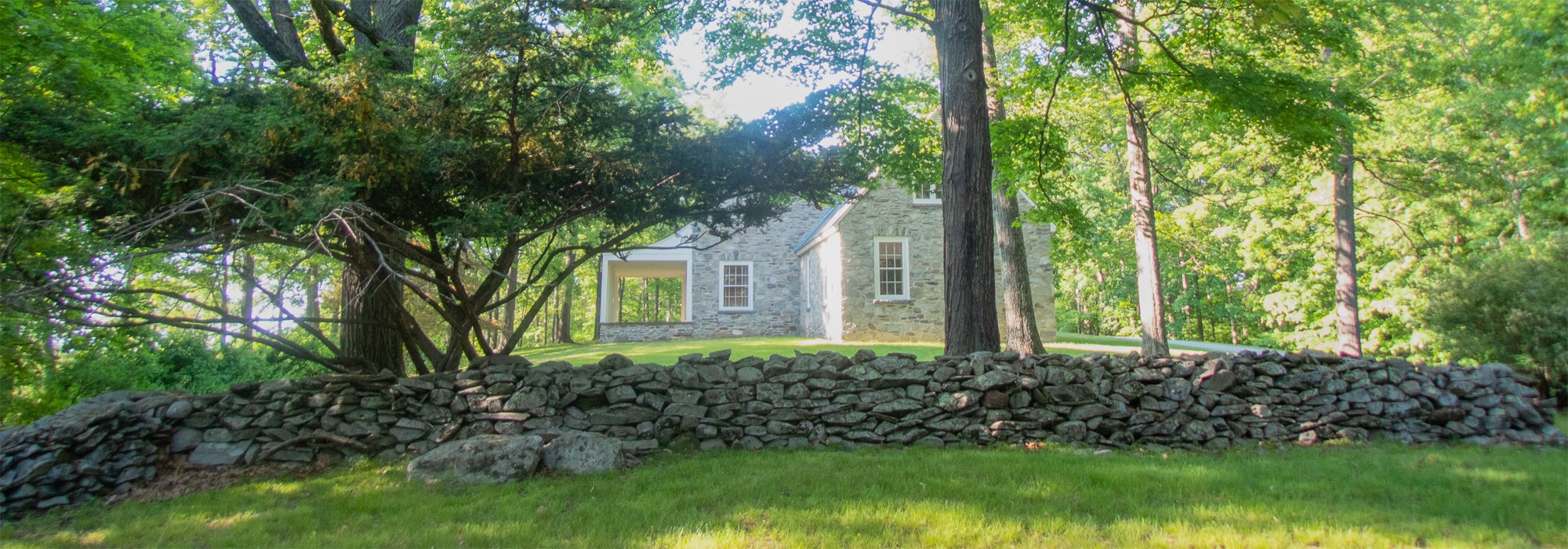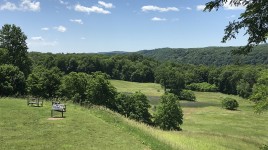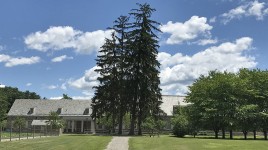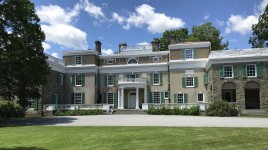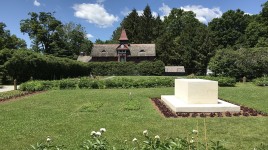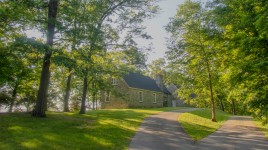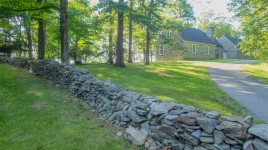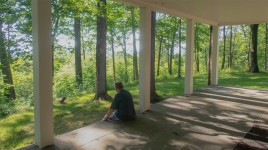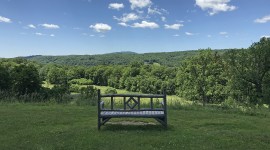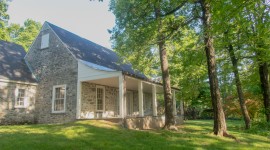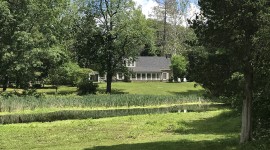Pioneer Information
Born in Hyde Park, New York, into a prominent family, Franklin Roosevelt entered politics after attending Harvard University and Columbia Law School. He served as governor of New York from 1929 to 1932 before serving four terms as the thirty-second President of the United States from 1933 to 1945, enacting the New Deal program to provide jobs to the unemployed and resurrect the U.S. economy during the Great Depression and leading the nation through World War II. Passionate about forestry, Roosevelt expanded the National Forest System, saw “A National Plan for American Forestry” prepared by the U.S. Forest Service, and created the Civilian Conservation Corps, also known as “Roosevelt’s Tree Army,” to plant trees and improve state and national parks during his time in office. Expanding the purview of the National Park Service (NPS) to include national memorials, military parks, cemeteries, and the capital parks in Washington, D.C., Roosevelt orchestrated the NPS’s acquisition of myriad landmarks and initiated new designations, including Blue Ridge National Parkway in Appalachia and Gateway Arch National Park in St. Louis, Missouri.
A life-long resident of the Hudson Valley and a self-proclaimed “tree farmer,” Roosevelt amassed more than 15000 acres of land surrounding the Roosevelt family’s Springwood estate in Hyde Park, to conserve native forests, plant orchards, and conduct forestry experiments. From 1912 to 1944, Roosevelt planted over 500,000 trees, and in 1930 he partnered with Professor Nelson Brown from the New York State College of Forestry at Syracuse University to expand his forestry operation. His hands-on involvement at Hyde Park is evident in the additions he made to the Springwood estate house, gardens, and farm, as well as his direct collaboration with architect Henry Toombs from 1938 to 1940 on the design of a personal retreat, Top Cottage, and the Franklin D. Roosevelt Presidential Library and Museum. Roosevelt was also instrumental in securing the neighboring Vanderbilt Estate as a National Historic Site and was actively involved in matters regarding the treatment of its grounds and trees.
Roosevelt died in 1945 at age 63 of a cerebral hemorrhage at his retreat, Little White House, in Warm Springs, Georgia. He is interred with his wife, Eleanor Roosevelt, and their dogs in a gravesite of his own design located in the rose garden at their Springwood estate in Hyde Park.



